Panna National Park Travel Guide
Exploring the Wild Beauty of Panna National Park: A Travel Guide
Panna National Park is a protected area located in the Panna and Chhatarpur districts of Madhya Pradesh, India. The park is situated on the banks of the Ken River and covers an area of 542 square kilometers (209 sq mi). It is known for its diverse landscape, including forests, waterfalls, and grasslands, and for its rich wildlife, including tigers, leopards, and a wide variety of birds.
The park is home to several animal species like Tigers, leopards, sloth bear, crocodiles, nilgai, spotted deer, sambar, wild boar, and several species of birds, such as the bar-headed goose, paradise flycatcher, and white-backed vulture.
Visitors can explore the park on elephant back safari, jeep safari, or by taking a boat ride on the Ken River. The park also has several watchtowers that offer great views of the park and the opportunity to spot wildlife.
The park also has a rich cultural heritage and has many ancient temples and monuments that are worth visiting, like the Rajgarh Palace, Ken Gharial Sanctuary, and the Raneh Waterfall.
Tourists can also engage in activities such as hiking and bird watching while visiting Panna National Park. However, it's essential to take note that the park is situated in a remote and wild area, and visitors should be prepared for the harsh weather conditions and limited facilities in the region.
The nearest major town to Panna National Park is Khajuraho, which is located around 60 km (37 mi) away. Tourists can either drive to Panna National Park or take a bus or taxi from Khajuraho or Panna. There are also several tour operators that offer guided tours of the park and surrounding areas.
Overall, Panna National Park is a must-visit destination for nature and wildlife enthusiasts, and offers a chance to witness the wild beauty of the central Indian wilderness.
Speak to someone
who's been there

+91-9873003099
MAKE AN ENQUIRYBest Places To Visit In Panna National Park
From historical cities to natural wonders, come see the best of Panna National Park.
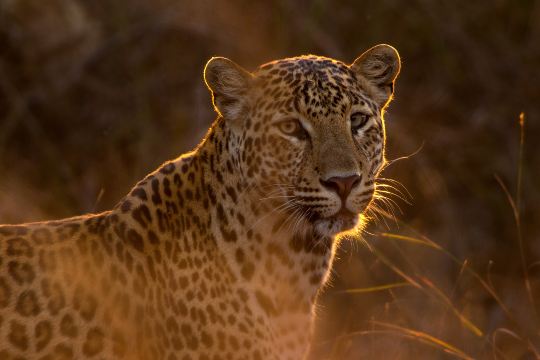
Panna National Park
Panna is the twenty-second Tiger Reserve of India and the fifth in Madhya Pradesh. The Reserve is situated in the Vindhyan Ranges and spreads over Panna and Chattarpur districts in the north of the state. Panna National Park was created in 1981. The ideal home for Indian tigers, Panna is made up of deciduous forests, which include Indian wolf, four-horned antelope, sloth bear pangolin, rusty-spotted cat, leopard, caracal, and gharial among other species.
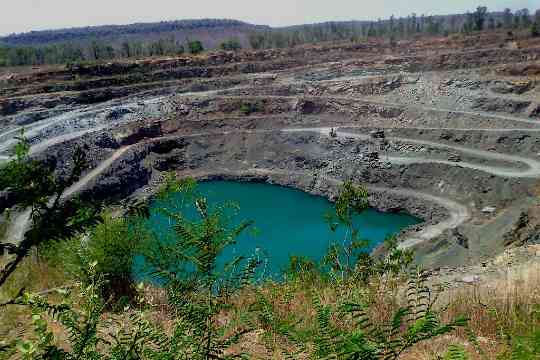
Panna Diamond Mines
Asia's only active diamond mine is located at Mazagon, about 55 km from Khajuraho in Madhya Pradesh. It is situated in the interior of the Panna district. The mine is spread over an area of 80 km belt from Paharikheda North-East to Majhgawan South-West with a width of about 30 km. The mines are under the supervision of the Diamond Mining Project of the National Mineral Development Corporation (NMDC Limited), Government of India.
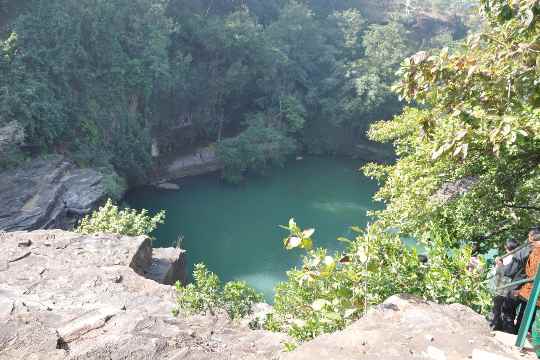
Pandav Caves and Fall
Pandav Falls is a perennial waterfall fed by a tributary of the Ken River in Madhya Pradesh. The falls plunge into a heart-shaped pool from a height of about 30 meters. Surrounded by lush green forests, this waterfall is spectacular and can be reached even during the peak monsoon season. The serenity, purity and mystic atmosphere of Pandava Falls attracts both locals and tourists. There are some ancient caves at the foot of the waterfall from where a large pool of water is visible. It is believed that the Pandavas of Mahabharata spent a part of their exile here.
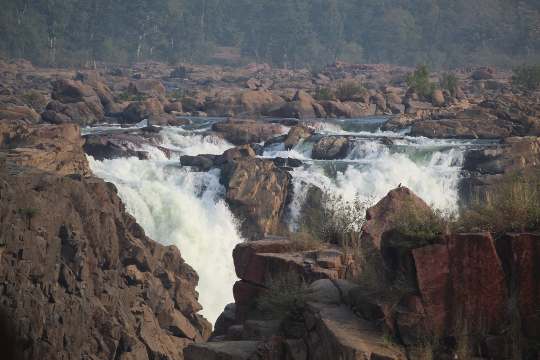
Raneh Falls
Raneh Falls is situated on the mesmerizing Ken River with its captivating, rare and breathtaking view. On visiting this place, tourists can witness the beauty of the 30 meters deep canyon, which is made of pure crystalline granite with different colors. In addition, dozens of small bugs and falls can be seen on a regular basis. All but some of these are seasonal with intense water flow during the monsoon season. Apart from this, it is the waterfall which creates a beautiful view all around giving nature lovers a good opportunity to sit and relax amidst the pristine nature.
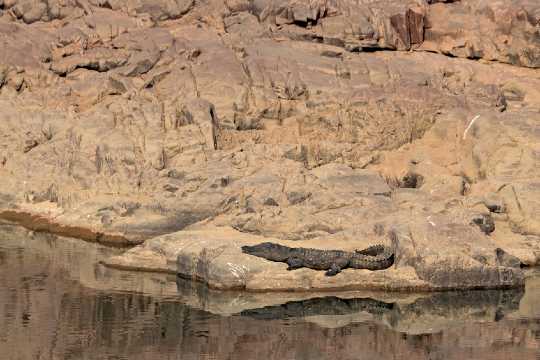
The Ken Crocodile Sanctuary
A delicate ecosystem situated at the confluence of Ken and Khudar rivers in Chhatarpur district of Madhya Pradesh, Ken Gharial is one of the best places for nature lovers and wildlife enthusiasts. Being home to many wildlife species, the place is named after the 6-meter-long fish-eating gharial which is a rare species of crocodile. The sanctuary was established in the year 1985 to preserve these endangered Indian Gharials. On visiting the Ken Gharial Sanctuary, tourists will see how the beautiful sanctuary provides shelter to Sambar Deer, Blue Bull, also known as Nilgai, Peacock, Chinkara, Wild Boar, Spotted Deer, and others. The Ken Gharial Sanctuary also offers a wide variety of flower species including Boswellia serrata, Pterocarpus marsupium, teak, Lagerstromia parviflora, Sal, Saja, Haldina cordifolia, Amla, Amaltas, and much more.
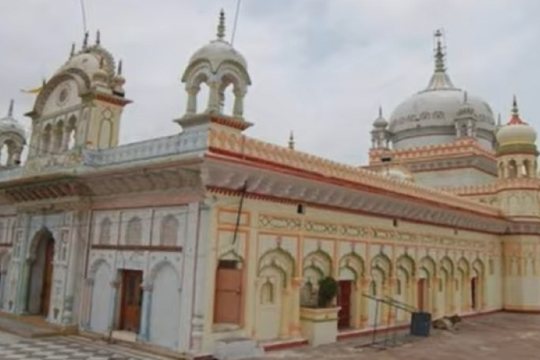
Jugal Kishore Ji Temple
Jugal Kishore Ji Temple was built by Raja Hindupat Singh, the fourth Bundela King of Panna, during his reign from 1758 to 1778. According to the legends, the idol placed in the garbha griha of this temple has been brought from Brindavana through Orcha. The ornaments and attire of the lord reflect the Bundelkhandi style. The temple has all the architectural features of Bundela temples including a nat mandapa, bhog mandapa, and a pradakshna path. It is believed that a pilgrimage of the four Dhams is considered incomplete, if it does not conclude with a visit to the Jugal Kishoreji Temple.
Best Travel Packages For Panna National Park
Find the best deals on Panna National Park Tour Packages for solo, family & group travelers.
Looking for a custom trip plan?
It only take 2 minutes to plan your own holiday itinerary.

